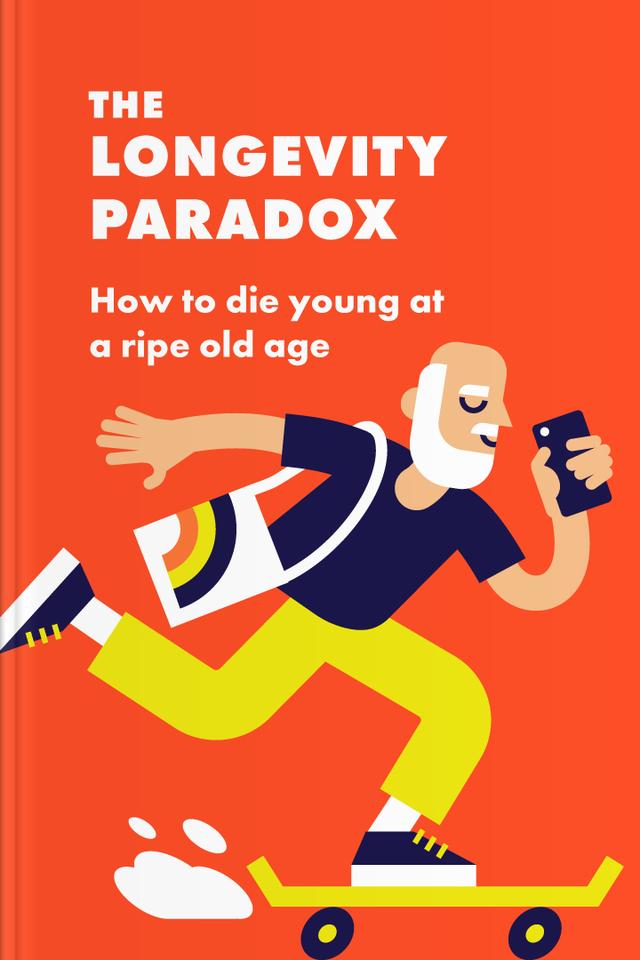You’ll learn
- Why most of your genes aren't "yours"
- How to befriend your gut for a longer life
- The diet to defy aging
- Foods your microbiome loves (and hates)
- To dodge antibiotics' fallout
russia has launched a full-scale war in Ukraine. Donate to support Ukraine and protect the world’s peace.

first KEY POINT
To be specific, the answer to a long life goes way back way to the past, around three billion years ago. Once upon a time, the world, or whatever it was in those days, was inhabited by simple bacteria and cells that could only survive without oxygen. When oxygen was added to the mix, they shriveled up and died. Instead of the oxygen that we breathe today, these cells loved a gas that is actually highly toxic, called hydrogen sulfide.Of course, oxygen levels increased, and to survive, they needed to act fast. So, they evolved into something called prokaryotes. Why are we telling you this? Bear with us.Prokaryotes needed to pass on their DNA to survive. They protected their future, which was sure to be bleak, thanks to the rising oxygen levels, by hopping inside another organism and making a cozy home for themselves. A deal was made; the bacteria and cells offered energy and vital life functions in exchange for a home. That home is your body, and those prokaryotes are the bacteria that live within you, specifically within your gut. The cells that made that deal still live within us today, and they are now called mitochondria. The food you eat and the oxygen you breathe are converted into energy by these mitochondria, basically allowing you to survive.What does this have to do with your genes? Well, the genes within you aren’t yours; they belong to the mitochondria, which live within your microbiome, i.e., your bacterial makeup. A massive 90% of your cells aren’t human; they belong to various bacteria and fungi within you. In addition, 99% of the genes within your body belong to these cells too.All of this means that if you want to look after yourself, you need to look after the genes that aren’t specifically yours, i.e., you need to stop looking after that tiny 1% and look after the alien 99%! The Longevity Paradox teaches you exactly what to do to stay healthy and have that longer life you’re aiming towards.
second KEY POINT
Steven Gundry refers to the good bacteria within your gut as your ‘gut buddies.’ These are necessary for the smooth functioning of most systems within your body, and provided you look after your microbiome, you’ll have a healthier and longer life. If you neglect it or allow the harmful bacteria to set up home without paying rent, you’ll suffer from many different conditions and probably have a shorter life as a result.

Continue reading with Headway app
Continue readingfirst KEY POINT
second KEY POINT
third KEY POINT
fourth KEY POINT
fifth KEY POINT
sixth KEY POINT